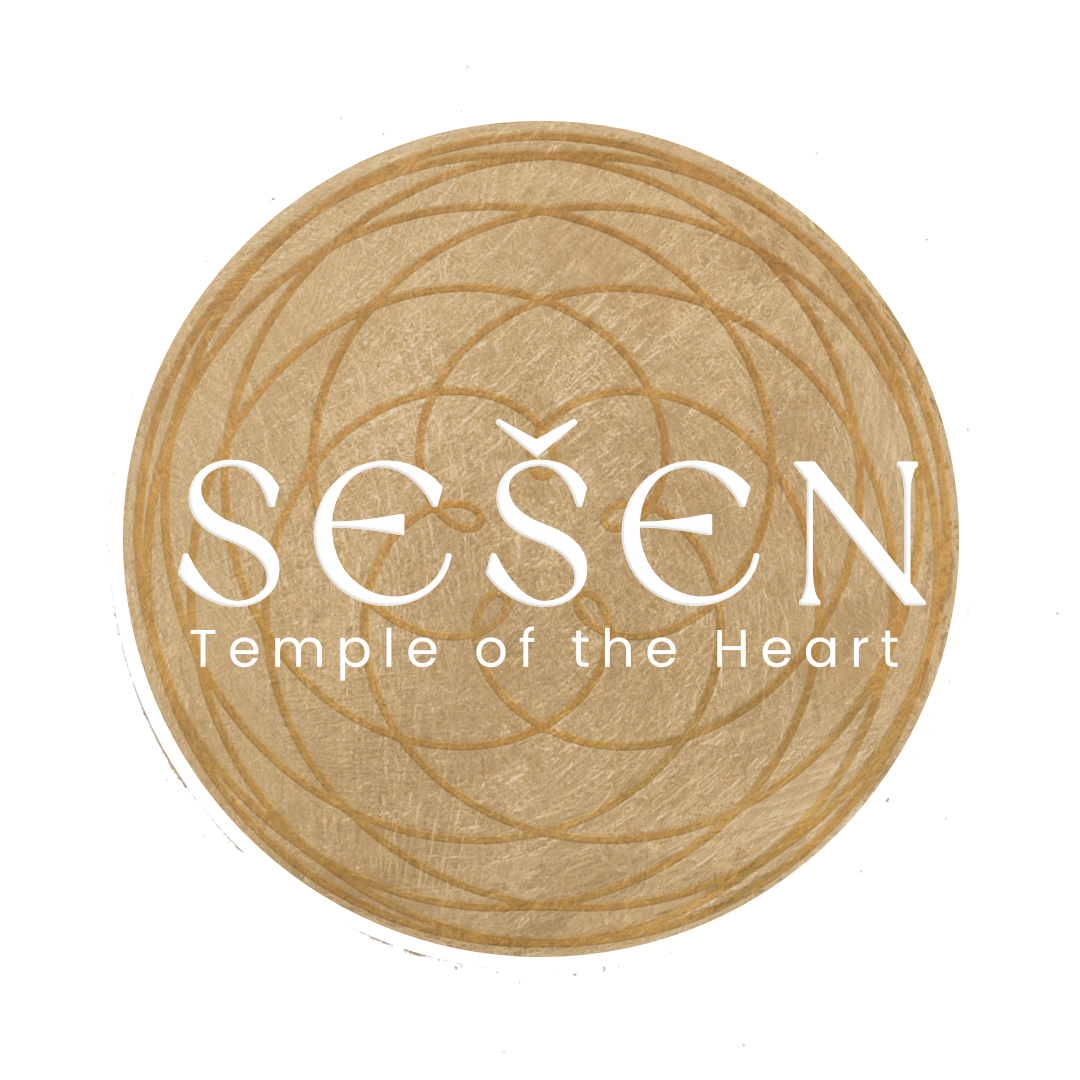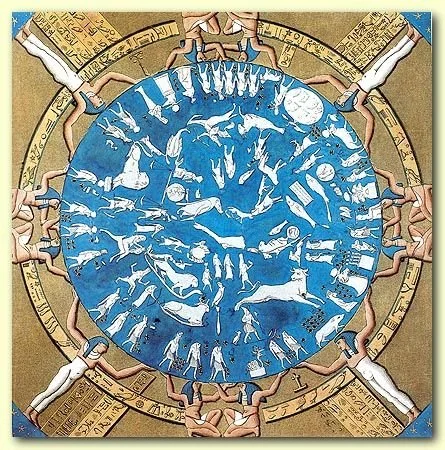The Mayan Spiral of Time: Remembering Ancestral Timekeeping and Reclaiming Natural Cycles
Time is not just a measurement — it is a living, breathing pulse that flows through Earth, stars, and spirit. For many ancient cultures, including the Maya and the Kemetic peoples of Egypt, time was sacred, cyclical, and deeply intertwined with the rhythms of nature and the cosmos.
The Mayan Day Out of Time falls of July 25th and following we enter a new cycle. It’s important to remember what it means to live in natural time — a spiral of renewal — instead of the disconnected, linear, mechanical time imposed by modern society.
The Mayan Ancestors: Guardians of Cyclical Time
The ancient Maya were more than just astronomers and mathematicians. They were the memory keepers of time itself. Through their profound observations of the stars, moon, sun, and planetary cycles, they developed calendars that aligned with Earth’s natural rhythms — especially the Tzolk’in and the 13 Moon Calendar.
The Mayan calendar is a spiral, not a line. It flows in cycles of 13 moons (each 28 days), reflecting the lunar cycles and the natural ebb and flow of life. This calendar invites us to experience time as a ceremony — a living cycle of reflection, renewal, and release.
What Is the Day Out of Time?
The Day Out of Time is a sacred pause in the Mayan calendar, falling on July 25th (or 24th depending on tradition). It is not counted as part of the 13 moons and is dedicated to celebration, forgiveness, and resetting our relationship with time.
This day is a portal — a moment to step out of the linear clock and reconnect with the cosmic flow. It is a collective breath, a chance to recalibrate and remember that time is a spiral that carries us toward harmony and balance.
Kemetic Time and the Rising of Sirius
Across the ocean and history, the ancient Egyptians (Kemetics) shared a similar reverence for natural cycles and cosmic time. Their New Year (Wepet Renpet) began with the heliacal rising of Sopdet (Sirius) around July 19–21, signaling the flooding of the Nile — the lifeblood of their civilization.
Like the Maya, the Kemetics did not count time by artificial clocks. They attuned their calendar to the stars and waters, honoring cycles of birth, death, and rebirth. The rising of Sirius was seen as a cosmic reset, a moment when the divine feminine and masculine united to bring balance, fertility, and new beginnings.
Universal Themes: Earth-Based Traditions and This Time of Year
This time of year holds sacred significance far beyond the Americas and Egypt. Across ancient cultures and spiritual lineages, there is a shared recognition of the deep cosmic and earthly shifts taking place now.
Vedic Tradition: Positioned between the summer solstice and the sacred month of Shravana, this is a time for purification, deep listening, and surrender. The Vedic calendar encourages aligning with divine codes and cleansing the vessel to receive new cosmic energies.
Kabbalistic Mysticism: This period resonates with the spiritual journey from Tiferet (Beauty/Heart) to Keter (Crown/Divine Will) — an ascent of the soul, integrating balance and preparing for higher consciousness. It’s a time to attune to divine harmony and truth.
Andean Cosmology: The Andean peoples celebrate cyclical time as Pachakuti — the turning of the wheel or world renewal. This is a moment of transformation, where old energies are shed and new life emerges, deeply connected to the land and ancestral memory.
Other Earth-Based Traditions: Many indigenous cultures recognize mid-year transitions as times to honor the Earth’s fertility, water’s life-giving force, and the balance of masculine and feminine energies within nature and the cosmos.
All these traditions converge in their understanding that time is not mechanical, but a living spiral — a sacred cycle inviting us to reconnect, reflect, and renew.
Why Move From Linear to Spiral Time?
Modern society is governed by mechanical, linear time — the relentless ticking of clocks and calendars that disconnect us from the Earth’s natural rhythms. This creates imbalance, stress, and a sense of disconnection from the deeper flow of life.
The spiral of time, as held by the Mayan and Kemetic wisdom, reminds us that time is cyclical, layered, and alive. Each cycle invites us to:
Reflect on what no longer serves us
Plant new seeds of intention
Release old patterns and energies
Step forward into growth and renewal
This approach aligns us with Maat, the ancient Egyptian principle of truth, balance, and cosmic order, and invites us to live in right relationship with the Earth and cosmos.
How to Work With This Time Now
As we emerge from the Day Out of Time and move through the Kemetic New Year & Lion’s Gate period, this is an invitation to:
Pause and reflect on your personal cycles — what are you releasing?
Plant intentions aligned with your soul and the Earth’s renewal
Engage in rituals with water, stars, or sound to cleanse and reset
Honor the spiral by embracing patience, rhythm, and cyclical growth
Embracing the Ancestral Spiral
The Mayan and Kemetic ancestors teach us that time is not an enemy to rush against, but a sacred spiral to move with. As the stars rise and the waters flow, we are invited to remember our place in this cosmic dance — to reset our clocks not by numbers, but by nature, spirit, and starry wisdom.
May this time bring you closer to the rhythm of the Earth, the wisdom of the ancestors, and the unfolding spiral of your own soul.
𓂀
Sesen Temple



